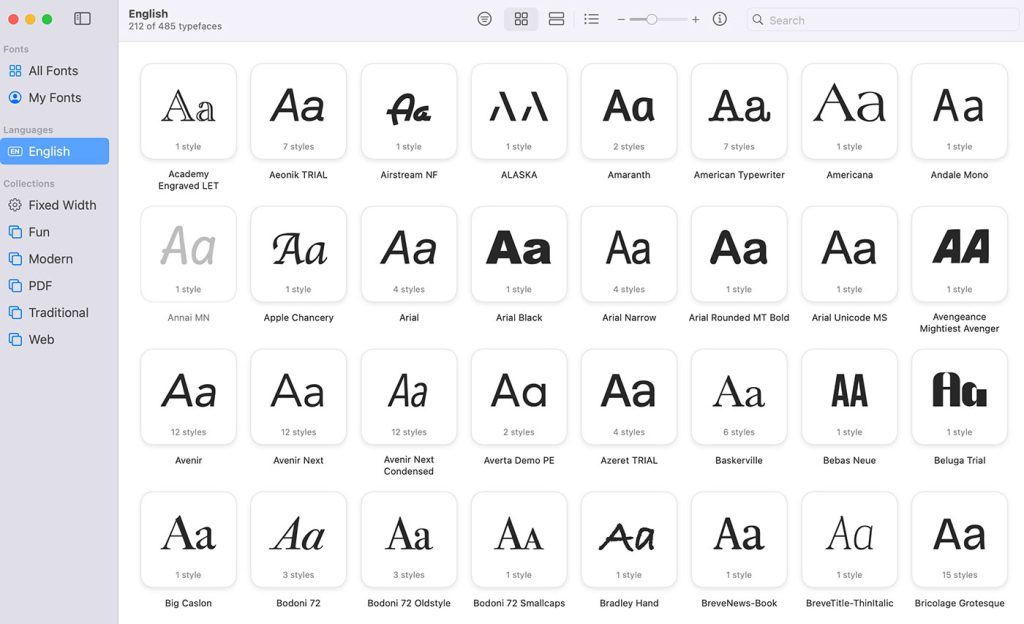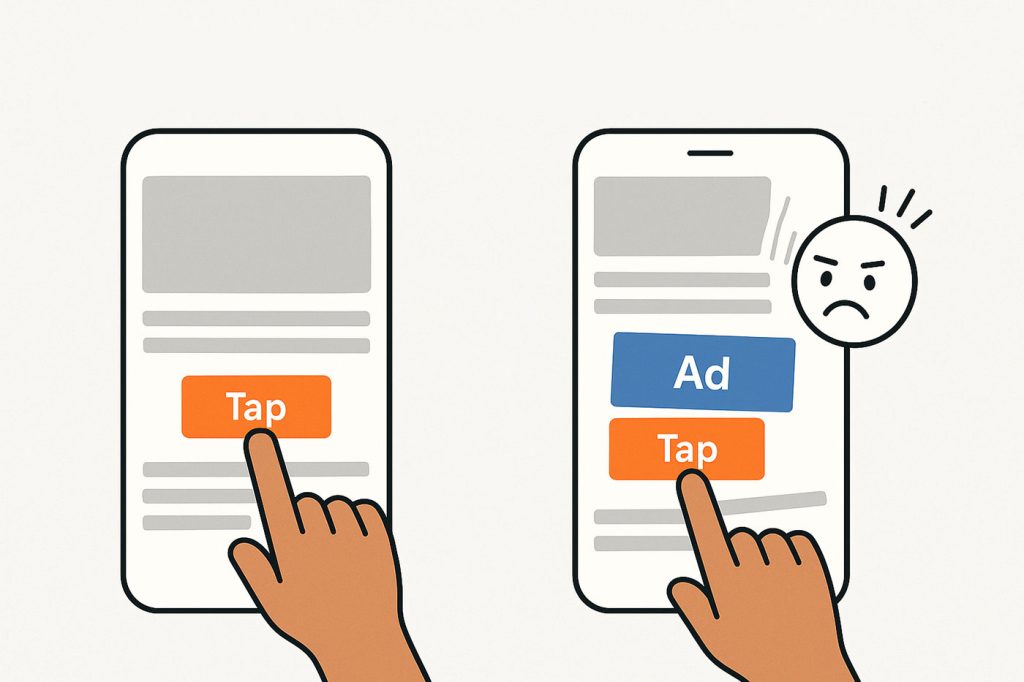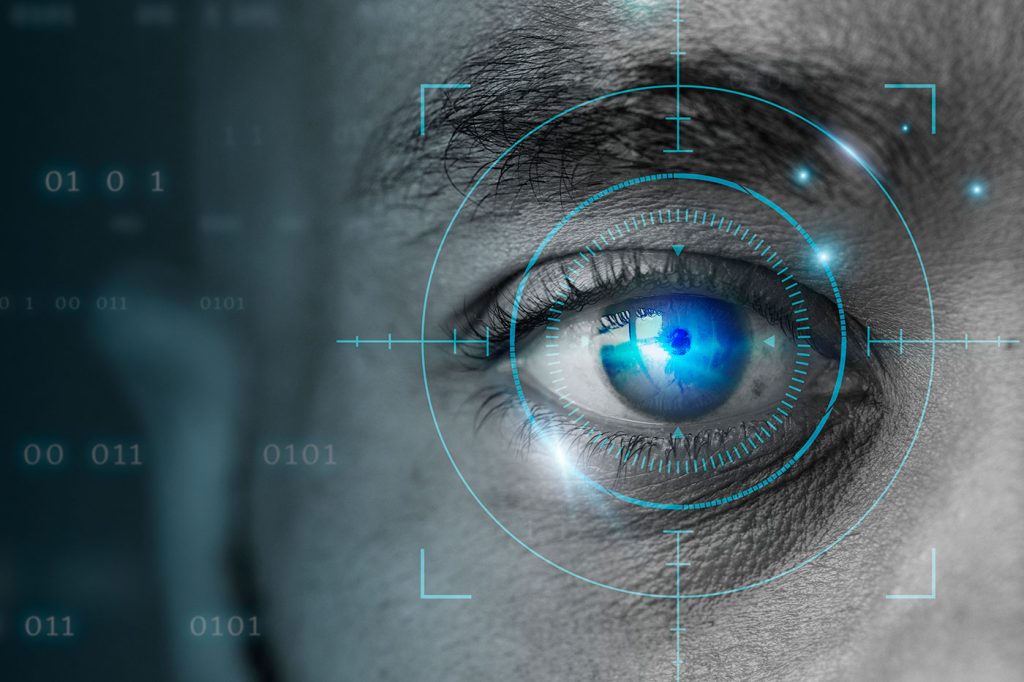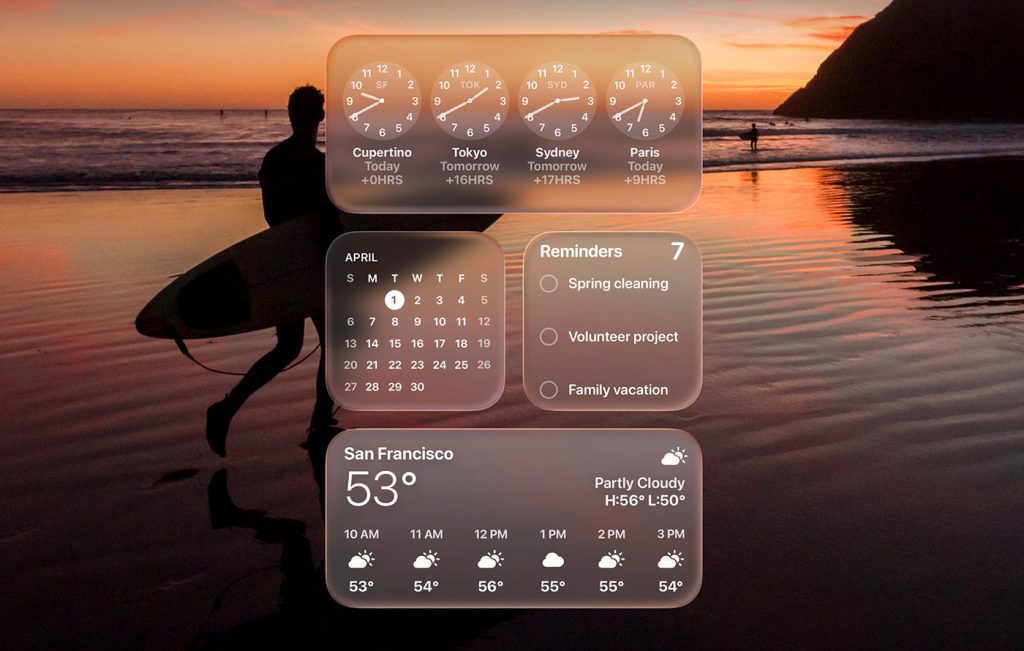If you’ve ever at least casually used Google Earth in the last few years, then you know how the service allowed you to get an in-depth perspective on many places on the planet. If you’ve been a fan of Google Earth in the last few years, then you now have a bigger reason than ever to enjoy the website: Google has debuted a redesigned Google Earth that was two years in the making.
The new Google Earth was redesigned from the bottom up, both for the web and Android. (An iOS version will follow in the future.)
One of the biggest improvements is the guided-tours concept. Now, users are able to go on interactive tours from their desktops or smartphones, which are led by experts like scientists and documentarians, from wherever they are. Upwards of 50 tours are already available at press time; users can find them in the redesigned site’s “Voyager” section.
[pullquote]These voyages are versatile, with some displaying 360-degree video content and others showing embedded YouTube videos[/pullquote]
An example of one of these guided tours is “Museums Around the World,” where users will be taken on a street view of 28 museums all over the planet, including New York’s MOMA. Each of these journeys on “Voyager” comes with a little blurb on the screen that gives more info about the place on the screen. These voyages are versatile, with some displaying 360-degree video content and others showing embedded YouTube videos to complement the voyage.
Another noteworthy part of this redesign is the introduction of Google search’s “I’m Feeling Lucky” feature. Now, it’s applicable to the interactive experience in Google Earth. Here’s how it works: Users click it to get whisked away to an unpredictable location, whether that’s Graceland in the U.S. or some little-known hot springs in Japan. A knowledge card sporting some insightful factoids for these locations will also be shown.
While 3D was a part of the original Google Earth, it’s now a big cornerstone of this redesign. The service’s revamped 3D feature provides a dedicated 3D button on the screen. Click or tap on it, and you’ll be shown the location you’re currently viewing in all its 3D glory. Essentially, you’ll see a drone’s view of the structure that you’re observing.
The redesign is aimed at increasing the educational value of this service, to be sure, but there’s also a practical side to it: Trip-planning has also gotten easier. Google Earth now offers trip itineraries as well, meant to show users all of the hottest spots in various destinations such as Mexico City, Tokyo and London.








